Cheetahs hold the undisputed title of being the fastest land animal on our planet. These remarkable felines can accelerate from 0 to 60 miles per hour (97 km/h) in just three seconds—a feat that would put most sports cars to shame. At top speed, cheetahs can reach an astonishing 70-75 miles per hour (113-120 km/h), though they can only maintain this velocity for short bursts, typically covering distances of about 1,500 feet (460 meters).
What makes this speed possible is the cheetah’s unique physiology. They have a lightweight frame, long legs, enlarged heart, lungs, and nostrils that maximize oxygen intake, and a flexible spine that allows for incredible stride length. Their semi-retractable claws act like cleats on a running shoe, providing crucial traction during high-speed chases. This evolutionary marvel has been perfected over millions of years, creating nature’s ultimate sprinting machine.
Built for Speed, Not Strength

Unlike other big cats that rely on strength and stealth, cheetahs have evolved specifically for speed at the expense of power. Their slender bodies, deep chests, narrow waists, and long legs create the perfect aerodynamic shape for cutting through air resistance. A cheetah typically weighs between 75-140 pounds (34-64 kg), making them significantly lighter than lions, tigers, or even leopards. This lightweight build is crucial for their incredible acceleration capabilities.
The trade-off for this speed-optimized physique is a relative lack of strength. Cheetahs cannot defend their kills against larger predators like lions or hyenas and must eat quickly before their prey is stolen. They also lack the jaw strength of other big cats, which influences their hunting strategy—cheetahs suffocate their prey by biting the throat rather than delivering a powerful killing bite to the neck or skull as lions or tigers would. This evolutionary compromise showcases nature’s specialization at work, creating a perfect sprinter rather than an all-around predator.
The Distinctive Tear Marks
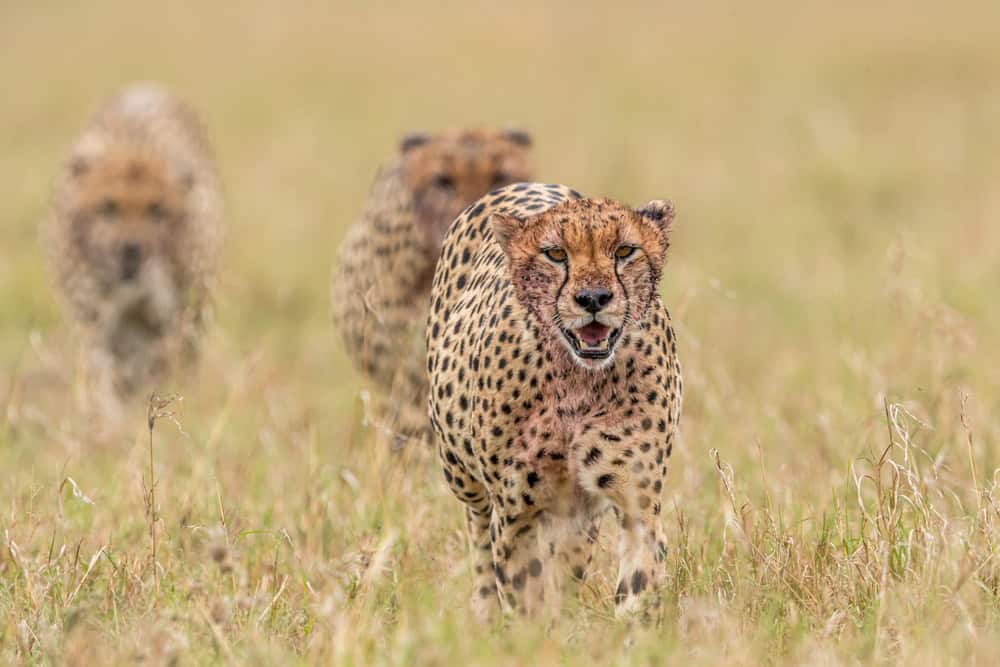
One of the most recognizable features of cheetahs is the distinctive black “tear marks” that run from the inner corners of their eyes down to the sides of their mouth. These marks are not merely decorative—they serve important functional purposes. The dark streaks help reduce glare from the sun during daytime hunts, much like the black grease that athletes put under their eyes. This adaptation is crucial for a predator that relies primarily on keen eyesight when chasing prey at high speeds across sun-drenched savannas.
Beyond their practical function, these facial markings also help cheetah cubs recognize their mothers in tall grass, and may play a role in communication between individuals. Each cheetah’s tear marks are slightly different, creating a unique facial pattern that can be used to identify individual animals in the wild—an important tool for researchers studying cheetah populations. These elegant black streaks have become one of the most iconic features in the animal kingdom, instantly identifying the species to even casual observers.
Semi-Retractable Claws

Unlike other cats, cheetahs have semi-retractable claws that function more like a dog’s than a typical feline’s. While most cats keep their sharp claws fully retracted until needed for hunting or climbing, cheetahs’ claws remain partially extended at all times. This unique adaptation provides crucial traction during high-speed chases and sudden turns, functioning similar to the cleats on a sprinter’s shoes. The rough, ridged pads on their feet further enhance this grip, allowing them to maintain stability at incredible speeds.
This specialized claw structure represents another evolutionary trade-off: what cheetahs gain in running efficiency, they lose in climbing ability. While leopards can easily scale trees to protect their kills or escape danger, cheetahs are poor climbers and remain primarily ground-dwelling. Their semi-retractable claws also tend to wear down over time since they’re constantly exposed, making them less effective weapons compared to the razor-sharp retractable claws of other big cats. This specialization highlights how cheetahs have evolved specifically for a high-speed hunting niche in the savanna ecosystem.
Incredible Hunting Success Rate

Despite their impressive speed, cheetahs don’t rely on velocity alone for hunting success. These strategic predators combine their physical capabilities with remarkable hunting intelligence. A cheetah’s hunting success rate ranges between 40-70%—significantly higher than many other predators like lions (about 25-30%) or wolves (around 14%). This efficiency is crucial for an animal that expends enormous energy during high-speed chases and must hunt frequently to sustain itself.
Cheetahs achieve this success through careful prey selection, strategic positioning, and precise timing. Before sprinting, they stalk their prey to within about 100 feet (30 meters), carefully analyzing wind direction to avoid detection. Their exceptional eyesight can spot potential targets from up to 3 miles (5 km) away. Once the chase begins, cheetahs demonstrate remarkable agility, able to make sudden turns by using their long tail as a rudder for balance. After a successful hunt, a cheetah must cool down for about 30 minutes before eating, as their body temperature soars during the intense chase—another physiological challenge these remarkable hunters must overcome.
Vulnerable Conservation Status

Despite their impressive adaptations, cheetahs face a precarious future in the wild. Currently classified as “Vulnerable” on the IUCN Red List, their population has declined dramatically from an estimated 100,000 individuals in 1900 to approximately 7,000 today—a staggering 90% reduction in just over a century. This decline continues at an alarming rate, with cheetahs now extinct in 20 countries where they once roamed freely. In Asia, the situation is even more dire, with fewer than 50 critically endangered Asiatic cheetahs remaining in Iran.
Multiple factors threaten cheetah survival, including habitat loss due to human expansion, conflict with farmers protecting livestock, poaching for the illegal pet trade, and genetic bottlenecks from decreasing population diversity. Unlike other big cats that can adapt to various habitats, cheetahs require large territories of open grassland to hunt effectively—precisely the type of land increasingly converted to agriculture. Conservation efforts focus on creating protected corridors between habitats, working with local communities to reduce conflict, and maintaining genetic diversity through carefully managed breeding programs. Without concerted conservation action, we risk losing this evolutionary marvel within our lifetime.
The Cheetah’s Unique Chirp
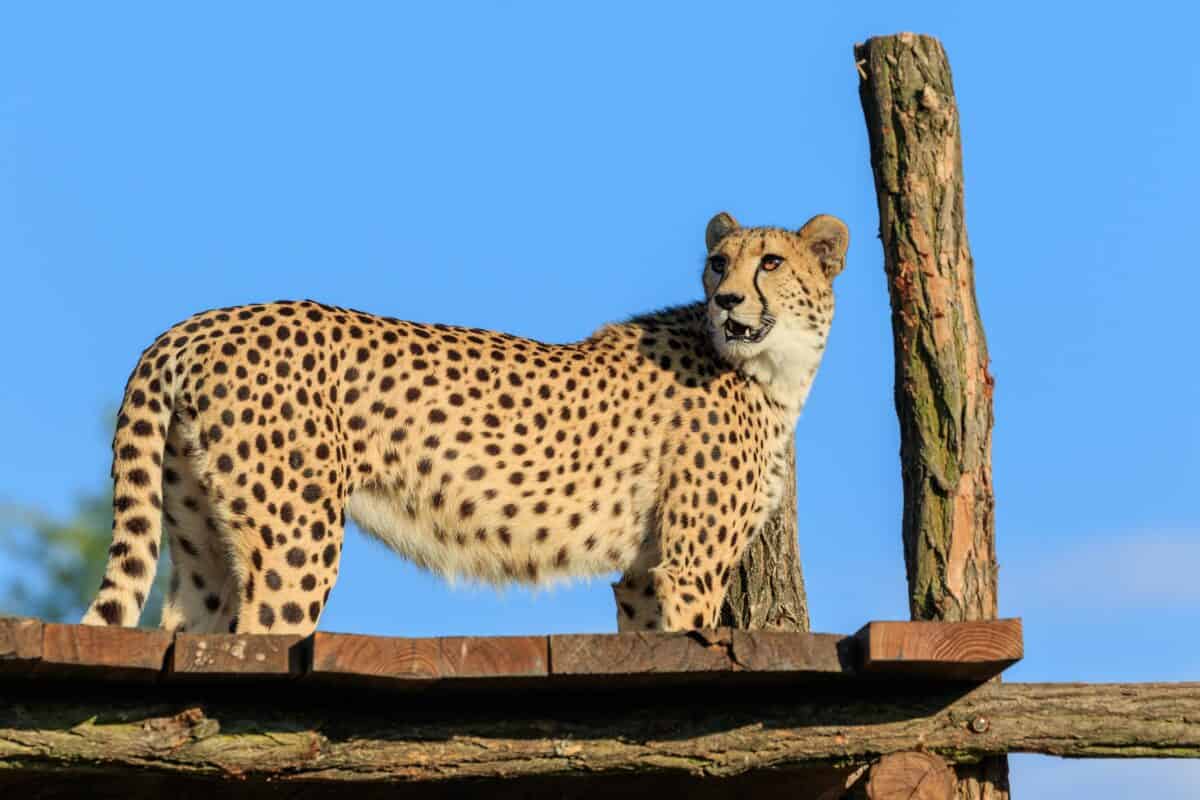
Unlike other big cats that can roar impressively, cheetahs have a completely different vocal repertoire. They cannot roar at all due to the structure of their hyoid bone (which supports the tongue and larynx). Instead, cheetahs are known for their distinctive high-pitched chirps, which sound surprisingly bird-like to human ears. These chirps can be heard up to a mile away and serve various communication purposes, particularly between mothers and cubs who may become separated in tall grass.
Cheetahs also communicate through a range of other vocalizations, including purrs, bleats, growls, and an excited “stutter-bark” during intense moments like hunting. They supplement these sounds with sophisticated body language, including tail positions and facial expressions. Mother cheetahs are particularly vocal with their young, using different chirps to call, scold, or reassure their cubs. This unique vocal adaptation represents another way cheetahs differ from their roaring cousins like lions, tigers, and leopards, forming their own distinct branch on the feline evolutionary tree.
Poor Genetic Diversity

Cheetahs harbor a concerning genetic secret: they possess remarkably low genetic diversity compared to other wild species. Scientists believe this genetic uniformity resulted from a population bottleneck approximately 10,000-12,000 years ago, coinciding with the end of the last ice age. During this period, cheetah numbers plummeted dramatically, perhaps to fewer than 100 individuals, creating a genetic bottleneck that still affects the species today. As a result, modern cheetahs are so genetically similar that skin grafts between unrelated individuals don’t trigger rejection responses—a phenomenon almost unheard of in wild mammals.
This lack of genetic diversity creates significant conservation challenges. Limited genetic variability makes cheetah populations more vulnerable to disease outbreaks, reduces reproductive success, and decreases their ability to adapt to environmental changes. Captive breeding programs must carefully manage the remaining genetic diversity to prevent further narrowing of the gene pool. Some conservation strategies involve protecting geographically separated populations to maintain whatever genetic differences still exist between regional cheetah groups. This genetic vulnerability adds another layer of complexity to cheetah conservation efforts, beyond the more visible threats of habitat loss and human conflict.
Mothers Raising Cubs Alone

Female cheetahs face the formidable challenge of raising their cubs entirely alone—a rarity among big cats. After a gestation period of about 90-95 days, a female cheetah typically gives birth to a litter of 3-5 cubs in a secluded location. For the next 18-22 months, she will be solely responsible for their protection, education, and feeding. This single-mother family structure contrasts sharply with lion prides, where multiple lionesses cooperate in cub-rearing, or male tigers that may occasionally help provide food for their offspring.
The solo parenting approach creates immense challenges for mother cheetahs. Cubs have a high mortality rate, with approximately 70% not surviving to adulthood in the wild. Mothers must leave their vulnerable young hidden while hunting, making them susceptible to predators like lions, hyenas, and eagles. Once the cubs are old enough to follow their mother, she faces the difficult task of teaching them hunting skills while ensuring they don’t starve during the learning process. Only when the cubs reach independence, typically around 18 months old, does the mother separate from them to mate again. This demanding reproductive strategy represents another factor in the cheetah’s vulnerability as a species.
Male Social Coalitions
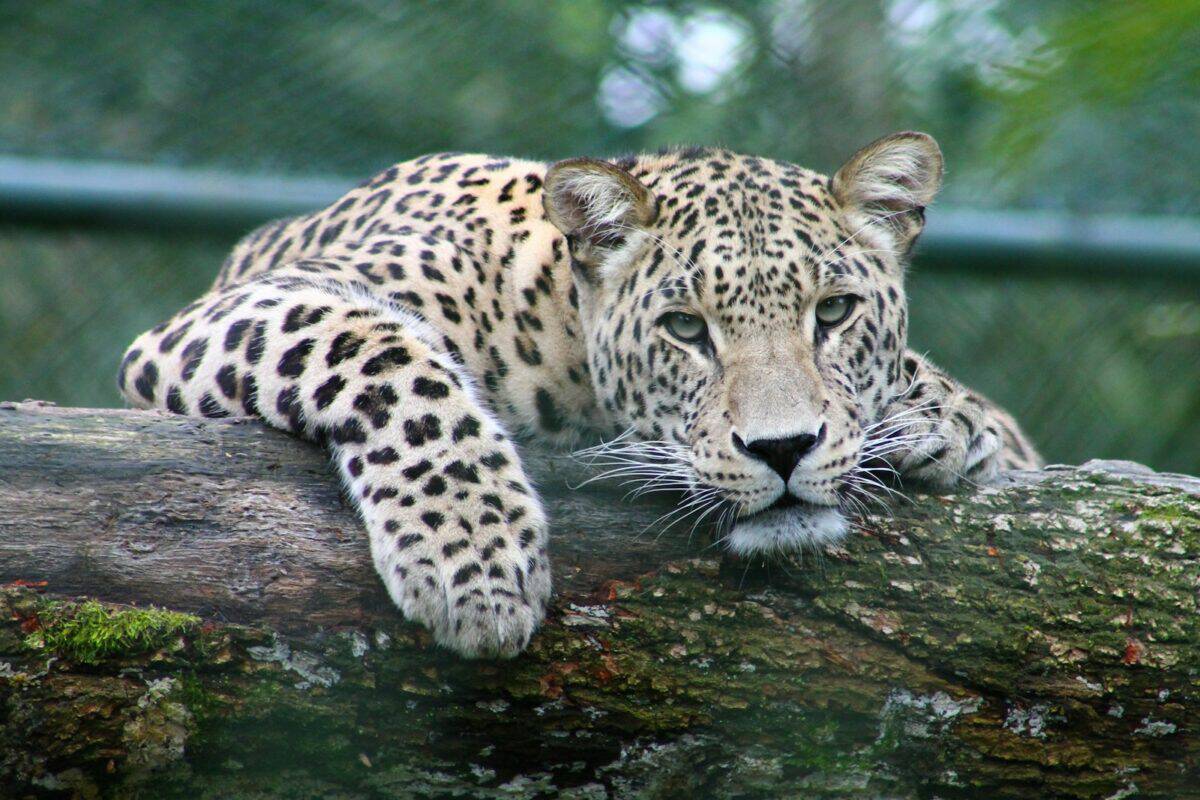
While female cheetahs lead solitary lives outside of raising cubs, male cheetahs exhibit a fascinating social behavior rare among big cats: they form permanent coalitions with other males, usually their brothers. These coalitions typically consist of 2-3 males who remain together for life, hunting cooperatively and defending a shared territory. This social structure provides significant advantages, as coalitions can defend larger territories with better resources and more access to females than a solitary male could maintain alone.
Research shows that males in coalitions father more cubs than solitary males, making this social strategy evolutionarily advantageous. The bonds between coalition members are remarkably strong, with brothers displaying coordinated hunting techniques and mutual defense against rivals. When one coalition member dies, the survivors rarely accept a new partner. Interestingly, while most coalitions consist of brothers from the same litter, unrelated males occasionally form coalitions as well, suggesting this behavior has benefits beyond simple kin selection. This unique social system adds another layer of complexity to cheetah ecology and behavior, highlighting how their evolution has produced social innovations alongside physical adaptations.
Cooling Down After Sprints
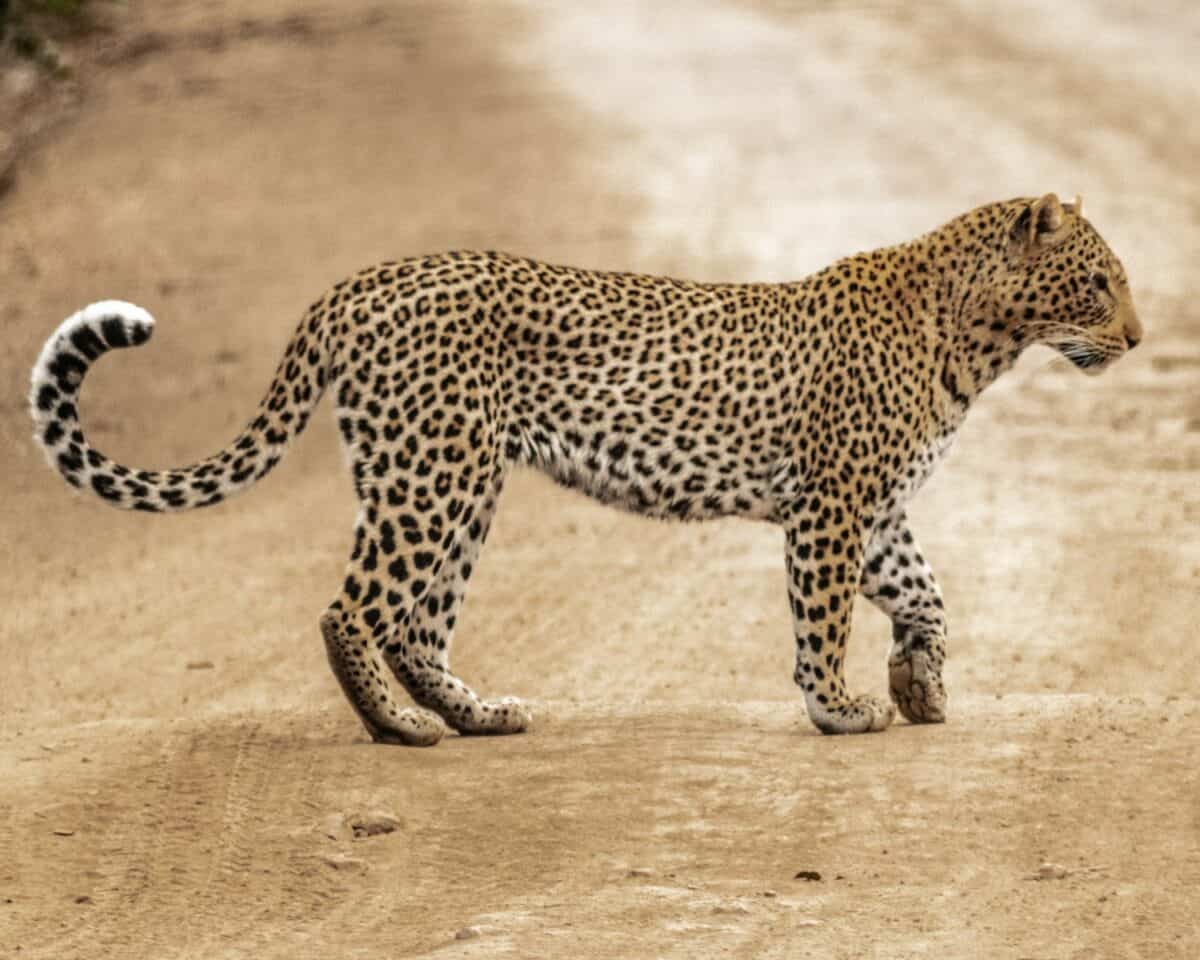
The cheetah’s incredible speed comes with a significant physiological cost. During a high-speed chase, a cheetah’s body temperature can soar from its normal 100.4°F (38°C) to over 105°F (40.5°C) in just minutes. This extreme heat generation necessitates a mandatory cooling-down period after each sprint. Even after a successful hunt, a cheetah must wait approximately 30 minutes before beginning to eat, using this time to recover from the intense physical exertion and allow their body temperature to normalize.
This cooling requirement creates a critical vulnerability—during the recovery period, cheetahs are at heightened risk of having their kills stolen by more powerful predators like lions or hyenas, or by scavengers like vultures. Cheetahs have adapted by hunting during the hottest parts of the day when other predators are typically resting, and by consuming their prey as quickly as possible once they’ve recovered. They can eat up to 30 pounds (14 kg) of meat in a single meal—approximately a third of their body weight—though they typically consume far less before their kill is stolen. This physiological limitation illustrates the trade-offs involved in the cheetah’s specialized high-speed hunting strategy.
Ancient History with Humans

Cheetahs share a surprisingly long history of interaction with humans, dating back thousands of years. Ancient Egyptians considered cheetahs sacred animals, often keeping them as hunting companions and status symbols. Numerous artifacts from 1550 BCE show cheetahs alongside Egyptian nobility, including in Pharaoh Tutankhamun’s tomb. This tradition of using cheetahs as hunting assistants spread throughout the ancient world, with historical records documenting trained hunting cheetahs in ancient Assyria, Persia, and later throughout medieval Europe and Asia.
The Mughal emperors of India perhaps took this practice to its zenith, with Emperor Akbar reportedly keeping over 1,000 hunting cheetahs in his court during the 16th century. Unlike truly domesticated animals, however, these cheetahs were captured from the wild as cubs and tamed rather than bred in captivity. This long historical association between humans and cheetahs has had mixed consequences for the species. While it created cultural appreciation for their beauty and abilities, it also contributed to population declines through capture for the pet trade—a practice that unfortunately continues illegally in some regions today, further threatening remaining wild populations.
Diurnal Hunters
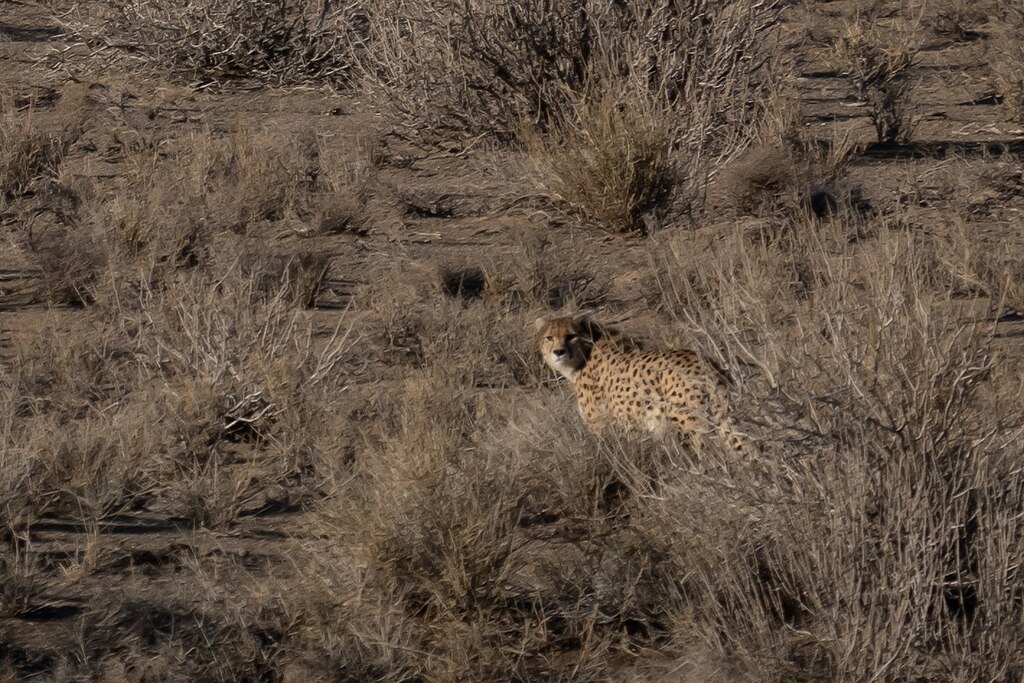
Unlike many big cats that prefer to hunt under the cover of darkness, cheetahs are primarily diurnal (daytime) hunters. This unusual schedule is a strategic adaptation that helps them avoid direct competition with nocturnal predators like lions and leopards. By hunting during daylight hours, cheetahs leverage their exceptional eyesight while minimizing encounters with stronger competitors who could steal their kills or threaten their safety. Research shows peak cheetah hunting activity occurs during early morning and late afternoon, though they may hunt at any time of day when necessary.
This daytime hunting pattern influences nearly every aspect of cheetah behavior. They typically rest during the hottest midday hours, often seeking shade under acacia trees where they can simultaneously scan the surroundings for potential prey. Their distinctive spotted coat provides excellent camouflage in the dappled light of the savanna, helping them approach prey undetected despite the daylight conditions. Cheetahs also carefully select hunting grounds with good visibility, preferring areas with short grass where their superior speed gives them a clear advantage over prey. This temporal niche separation represents another way cheetahs have evolved to carve out their unique ecological role among Africa’s impressive array of predators.
High Cub Mortality Rate
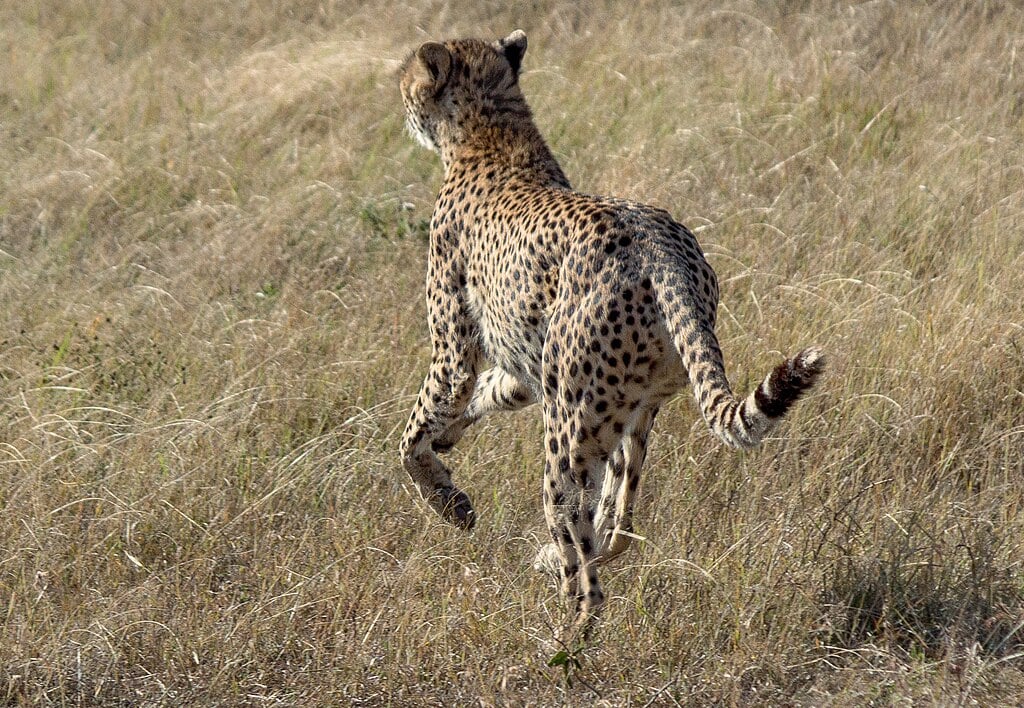
The journey from cheetah cub to adult is fraught with danger, resulting in one of the highest offspring mortality rates among large carnivores. In some regions, up to 90% of cheetah cubs do not survive to independence, with the most vulnerable period being the first few weeks of life. Numerous threats contribute to this high mortality rate, including predation by lions, hyenas, eagles, and even baboons. Because mother cheetahs must hunt alone, they’re forced to leave their cubs hidden and unprotected for several hours each day, creating opportunities for predators to discover them.
Disease, malnutrition, and extreme weather conditions further contribute to cub mortality. Even if cubs survive these early challenges, they face a lengthy and dangerous learning period. Young cheetahs must master the complex skills of high-speed hunting through months of trial and error, often experiencing periods of hunger during this learning process. This high reproductive investment with uncertain outcomes places enormous pressure on breeding females and represents a significant factor in the species’ vulnerability. Conservation efforts increasingly focus on creating protected areas where cheetah mothers can raise their young with reduced threats, giving cubs a better chance at reaching adulthood and contributing to population recovery.
Conclusion: The Fragile Future of Nature’s Sprinter

Cheetahs are far more than just the fastest animals on land—they are a marvel of evolutionary design, finely tuned for speed, agility, and survival in some of the world’s most challenging environments. These 15 fascinating facts reveal just how extraordinary cheetahs truly are, from their aerodynamic bodies and tear-marked faces to their unique social structures and vocalizations. Each trait reflects a deep connection between biology and behavior, offering insight into how these big cats have adapted to thrive on the African plains and beyond.
By exploring the incredible world of cheetahs, we not only gain a greater appreciation for their unmatched athleticism but also for the delicate balance of nature that supports such specialized predators. As their habitats face increasing threats from human activity and climate change, understanding and protecting cheetahs becomes more important than ever. These awe-inspiring creatures remind us of nature’s brilliance—and the urgency to ensure that such magnificent animals continue to race across the wild landscapes they call home.
- 14 Creatures That Can Freeze and Thaw Back to Life - August 9, 2025
- 10 Animals That Risked Their Lives to Save Humans - August 9, 2025
- 14 Reasons Why Bears Are Afraid of Humans (Most of the Time) - August 9, 2025

